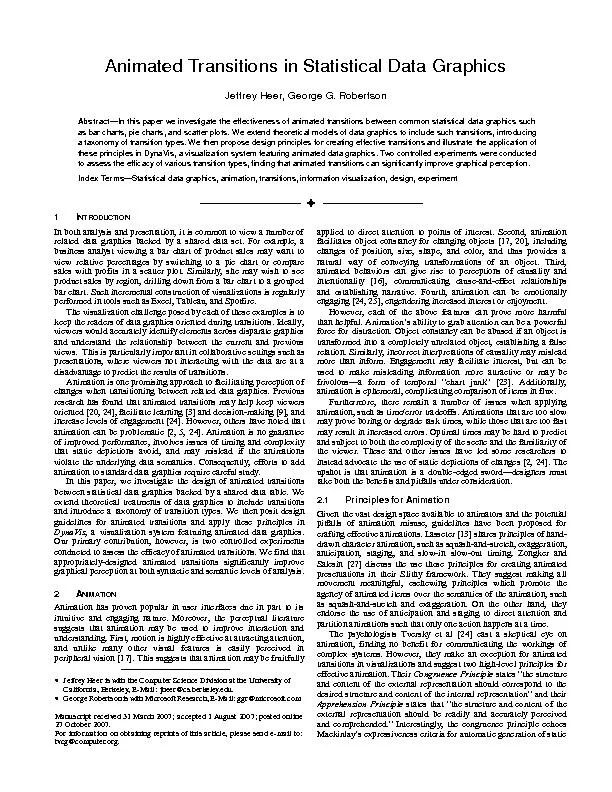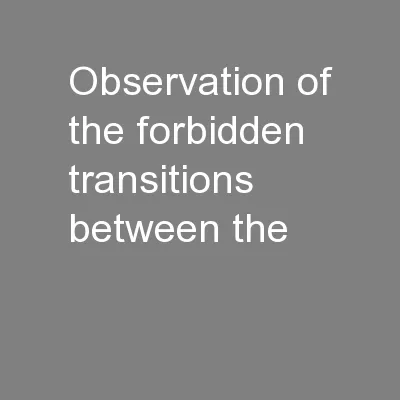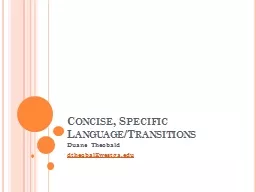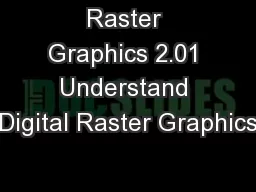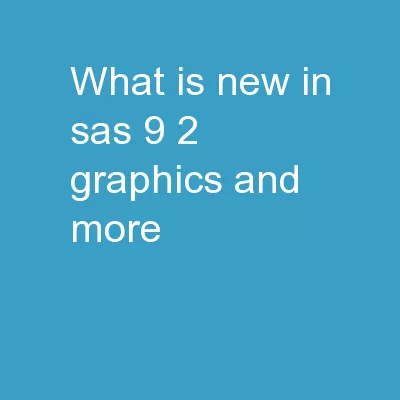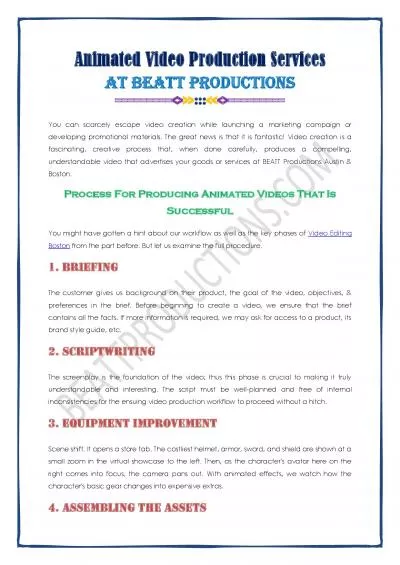PDF-Animated Transitions in Statistical Data Graphics
Author : liane-varnes | Published Date : 2016-05-10
Jeffrey Heer George G Robertson Abstract x2014 In this paper we investigate the effectiveness of animated transitions between common statistical data graphics such
Presentation Embed Code
Download Presentation
Download Presentation The PPT/PDF document "Animated Transitions in Statistical Data..." is the property of its rightful owner. Permission is granted to download and print the materials on this website for personal, non-commercial use only, and to display it on your personal computer provided you do not modify the materials and that you retain all copyright notices contained in the materials. By downloading content from our website, you accept the terms of this agreement.
Animated Transitions in Statistical Data Graphics: Transcript
Download Rules Of Document
"Animated Transitions in Statistical Data Graphics"The content belongs to its owner. You may download and print it for personal use, without modification, and keep all copyright notices. By downloading, you agree to these terms.
Related Documents

